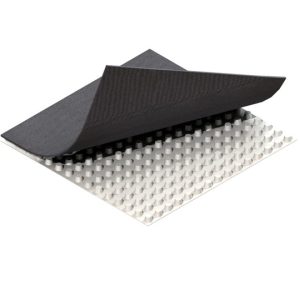MTP to LC Connector Conversion Guide
# MTP to LC Connector Conversion Guide
## Understanding MTP and LC Connectors
When working with fiber optic networks, you’ll often encounter different types of connectors. MTP (Multi-fiber Termination Push-on) and LC (Lucent Connector) are two common connector types that serve distinct purposes in fiber optic installations.
MTP connectors are designed for high-density applications, typically containing 12 or 24 fibers in a single connector. These multi-fiber connectors are commonly used in data centers and backbone installations where space efficiency is crucial.
LC connectors, on the other hand, are small form-factor single-fiber connectors that have become the industry standard for many applications. Their compact size makes them ideal for high-density patching applications.
## Why Convert from MTP to LC?
There are several scenarios where you might need to convert from MTP to LC connections:
– When connecting high-density trunk cables (using MTP) to individual equipment ports (using LC)
– For testing individual fibers within an MTP trunk cable
– When integrating new equipment with legacy infrastructure
– For troubleshooting specific fiber channels in a multi-fiber system
## Conversion Methods
### 1. MTP to LC Breakout Cables
Breakout cables provide the most straightforward solution for MTP to LC conversion. These cables feature:
– One MTP connector on one end
– Multiple LC connectors on the other end (typically 12 LC connectors for a 12-fiber MTP)
– Factory-terminated for reliable performance
– Available in various lengths to suit different installation needs
### 2. MTP to LC Fanout Kits
Fanout kits offer a more flexible approach:
– Consist of an MTP connector with individual fibers fanned out
– Allow field termination of LC connectors
– Provide strain relief for individual fibers
– Enable custom length configurations
### 3. MTP to LC Cassettes
For patch panel applications, conversion cassettes are an excellent choice:
– Mount in standard patch panel enclosures
– Provide MTP ports on the rear and LC ports on the front
– Available in various configurations (12-fiber, 24-fiber, etc.)
– Offer clean cable management solutions
## Installation Considerations
When implementing MTP to LC conversion, keep these factors in mind:
– Polarity: Ensure proper fiber mapping between MTP and LC connections
– Insertion Loss: Account for additional loss introduced by conversion components
– Bend Radius: Maintain proper fiber bend radius during installation
– Cable Management: Plan for proper routing and strain relief
– Testing: Verify performance after installation with appropriate test equipment
## Best Practices
Follow these guidelines for successful MTP to LC conversions:
– Always inspect connectors before mating
– Keep dust caps on unused connectors
– Use manufacturer-recommended cleaning procedures
– Document all connections and fiber mappings
– Label both ends of all cables clearly
– Consider future scalability when designing your conversion solution
## Common Applications
MTP to LC conversion finds use in various scenarios:
– Data center interconnects
– Central office installations
– Fiber to the home (FTTH) deployments
– Enterprise network expansions
– Telecom infrastructure upgrades
By understanding these conversion methods and best practices, you can effectively integrate MTP and LC components in your fiber optic network while maintaining optimal performance and reliability.
Keyword: mtp to lc


